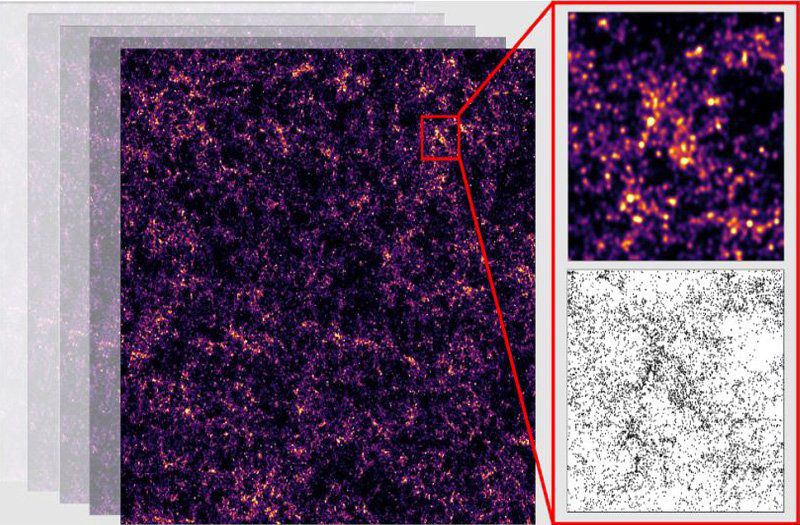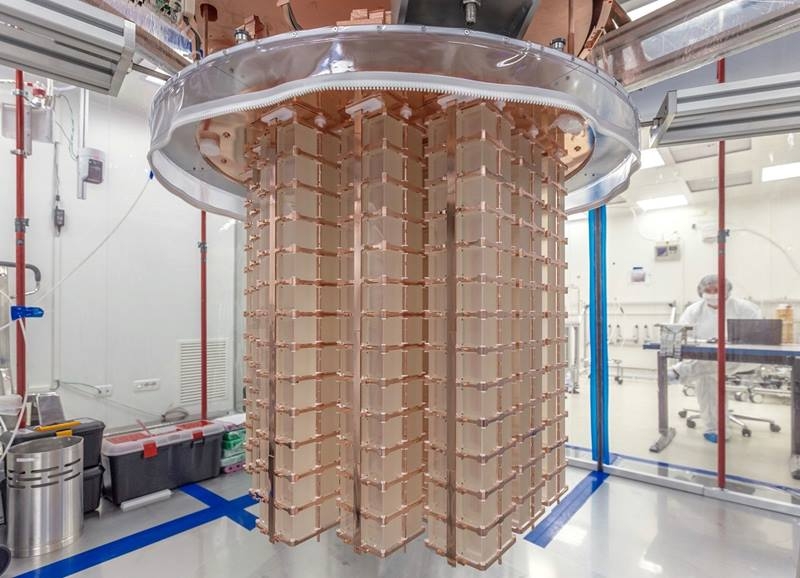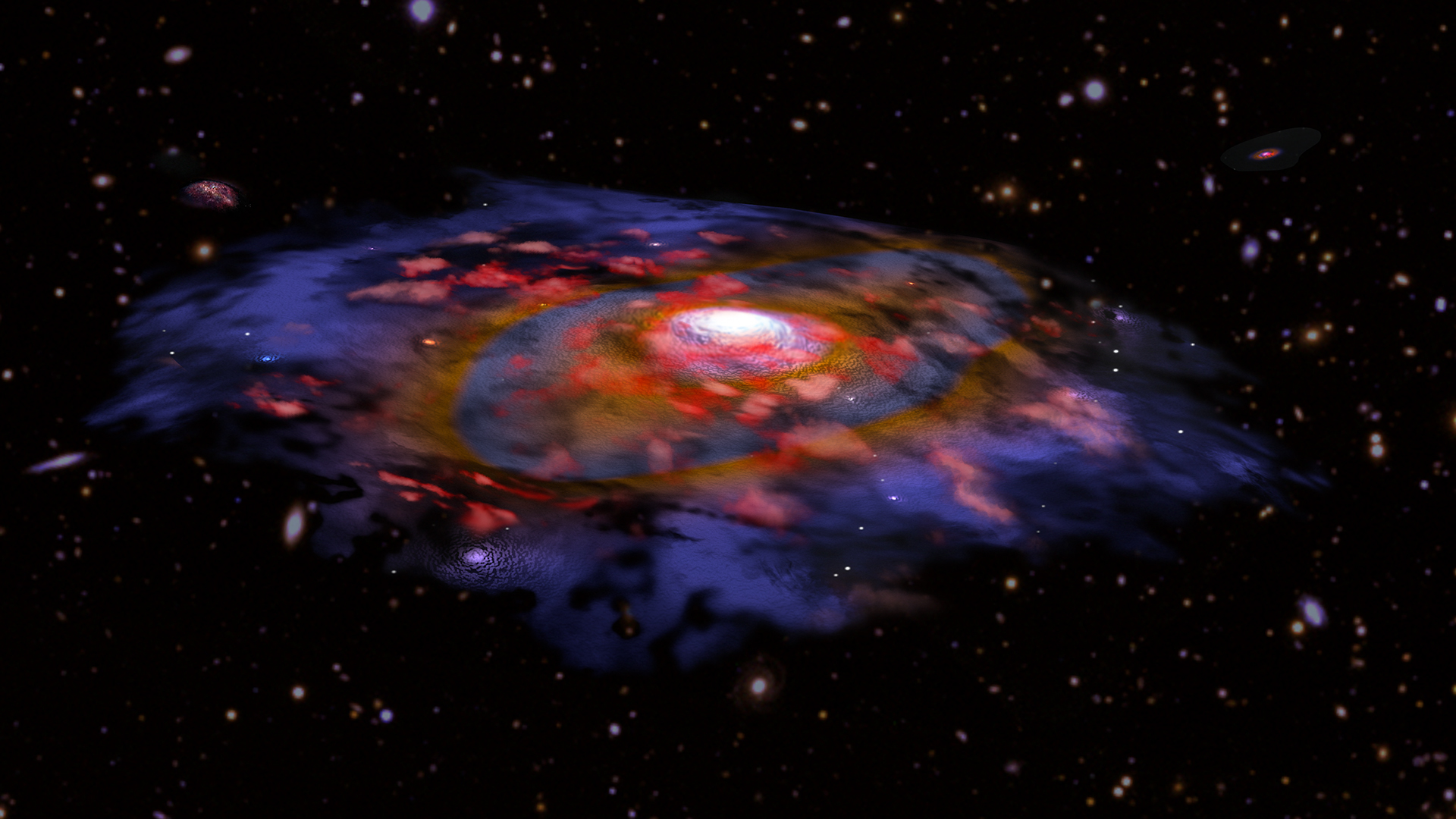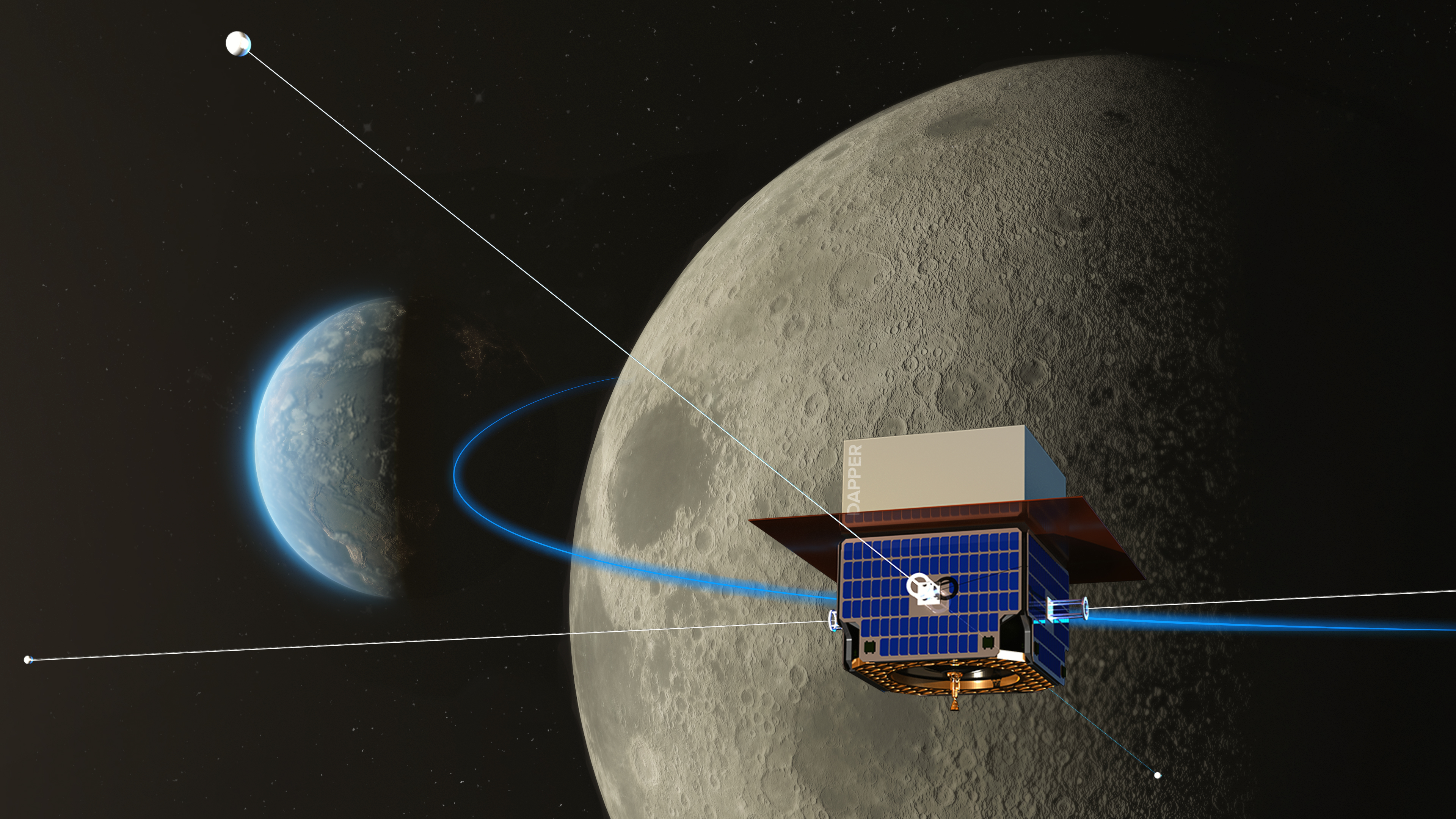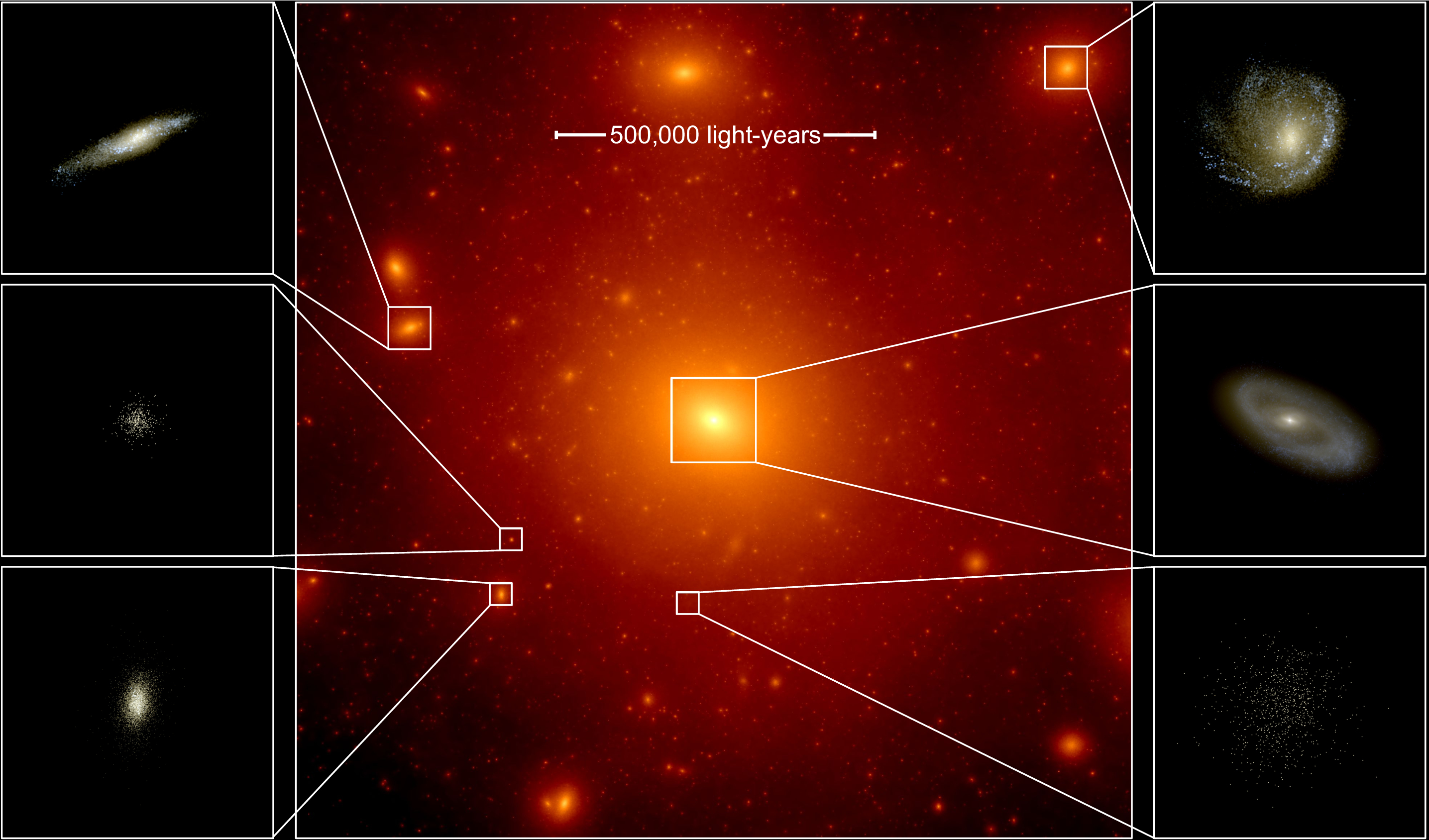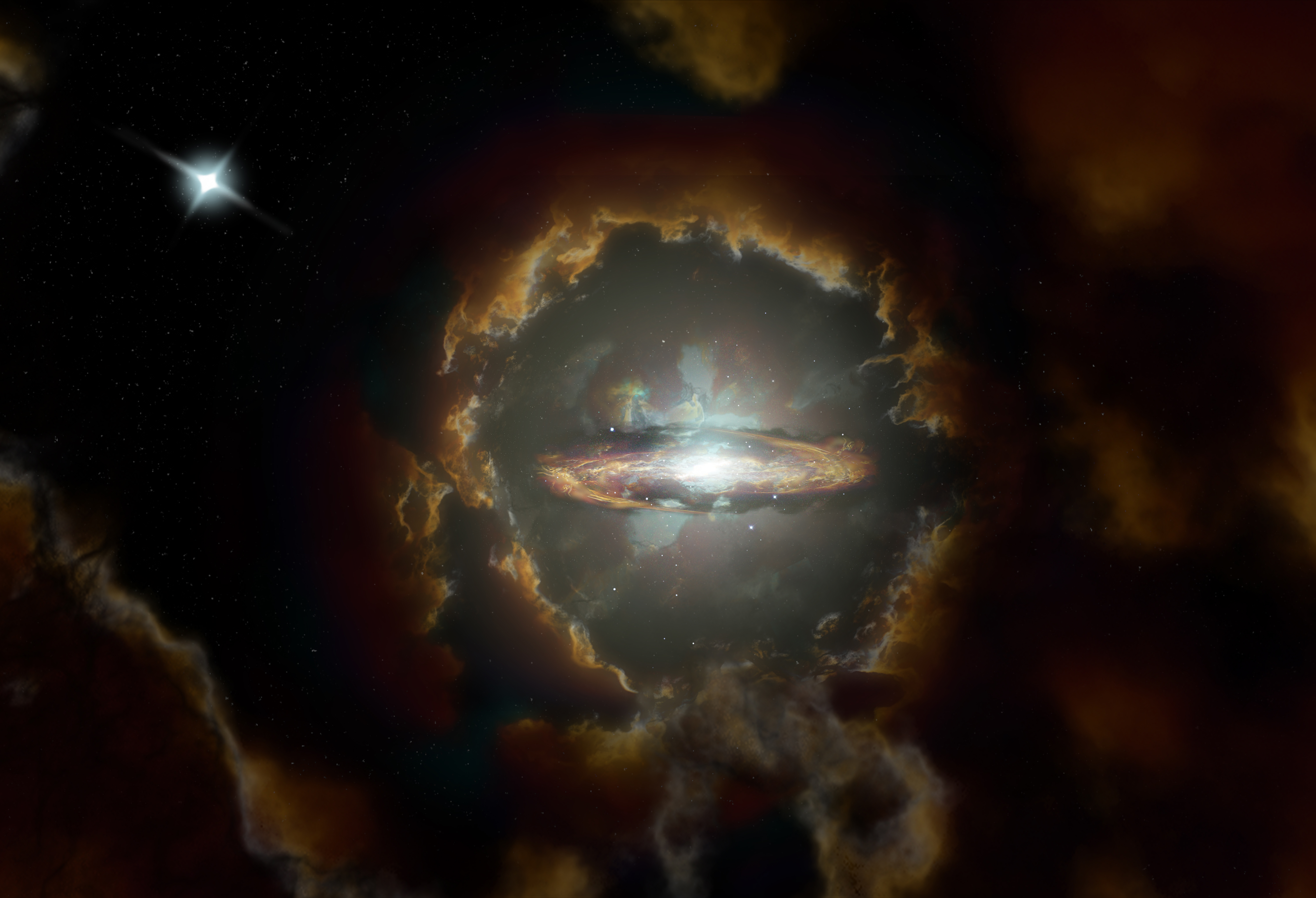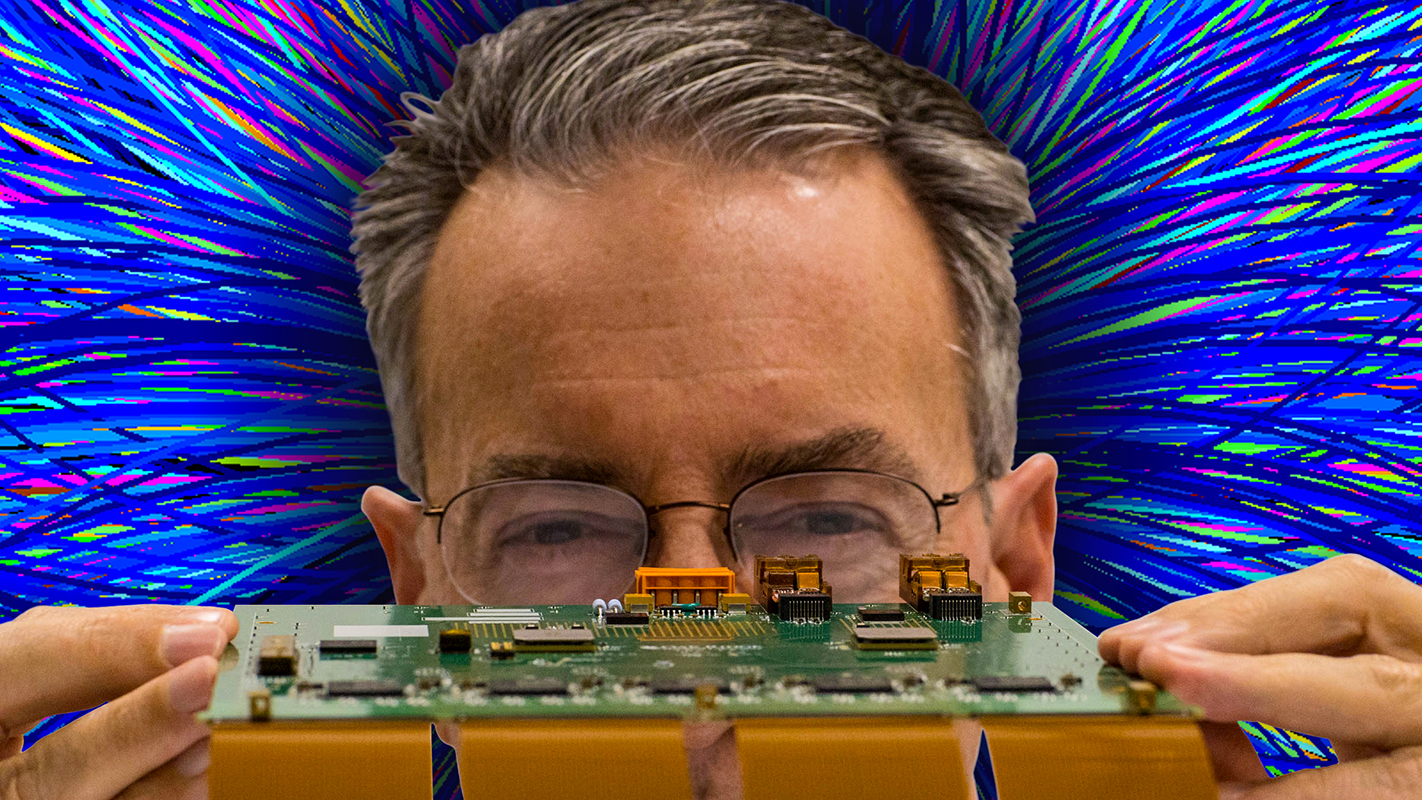Just like we use photos to reflect on memories of our past, astrophysicists want to use images of far-off galaxies to understand what the universe was like in its juvenile years. But current imaging technology can only reach so far back in history — 90 to 95 percent of the volume of our 14-billion-year-old universe remains unseen.
